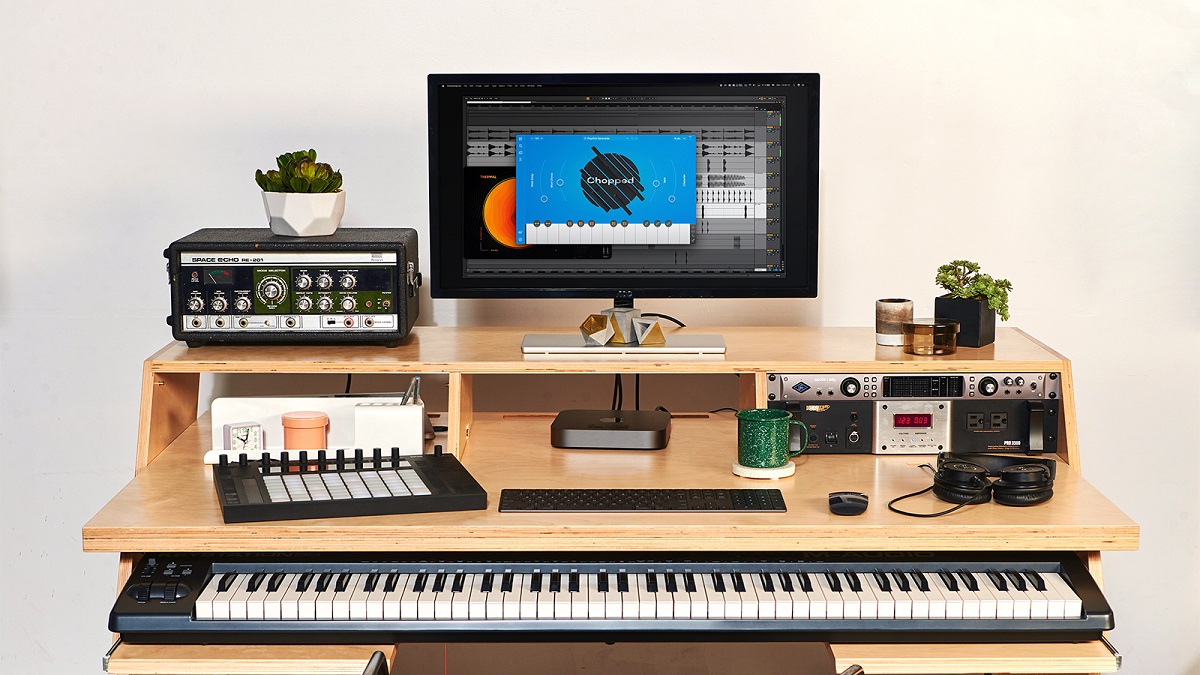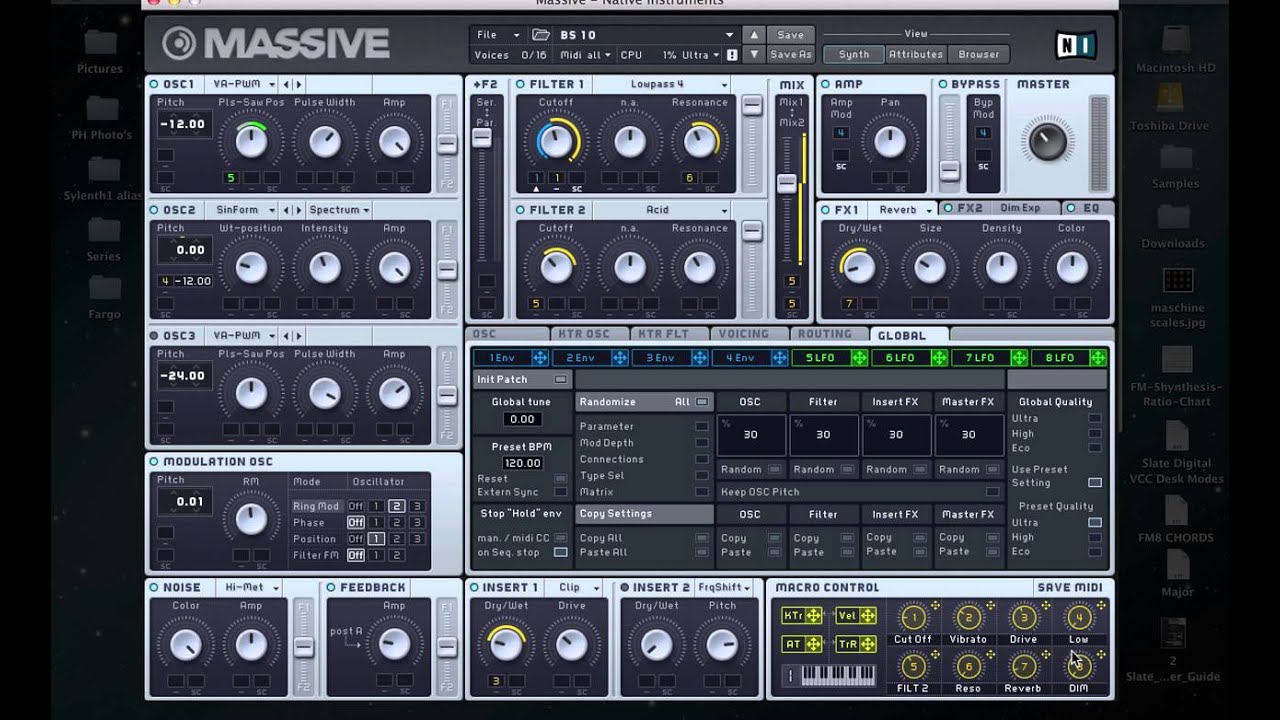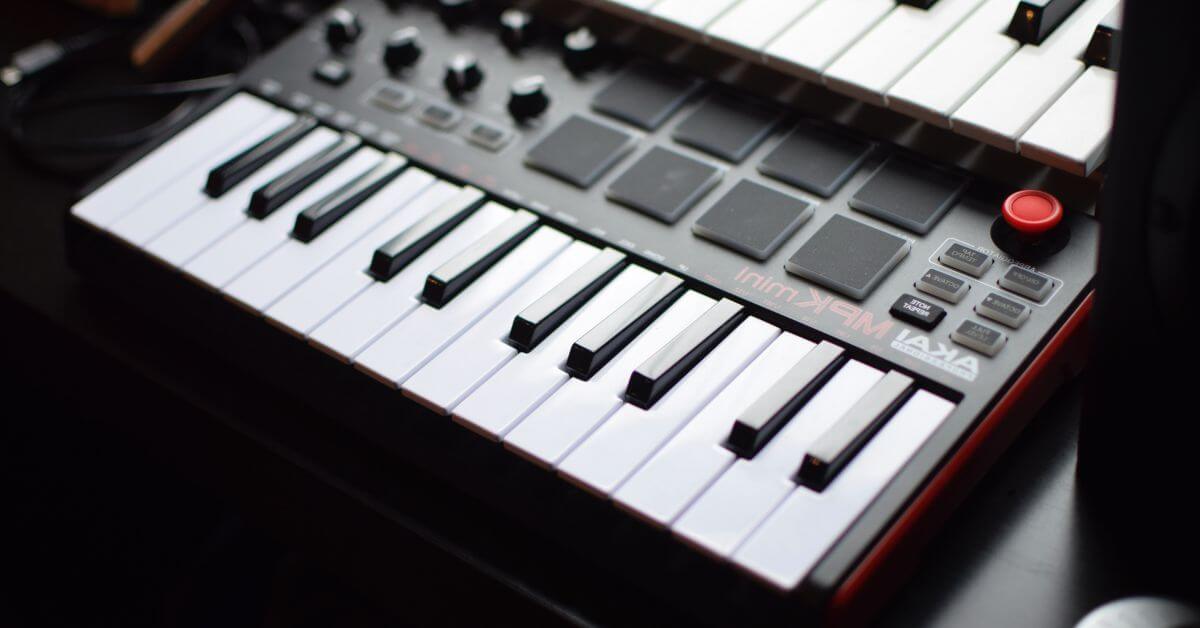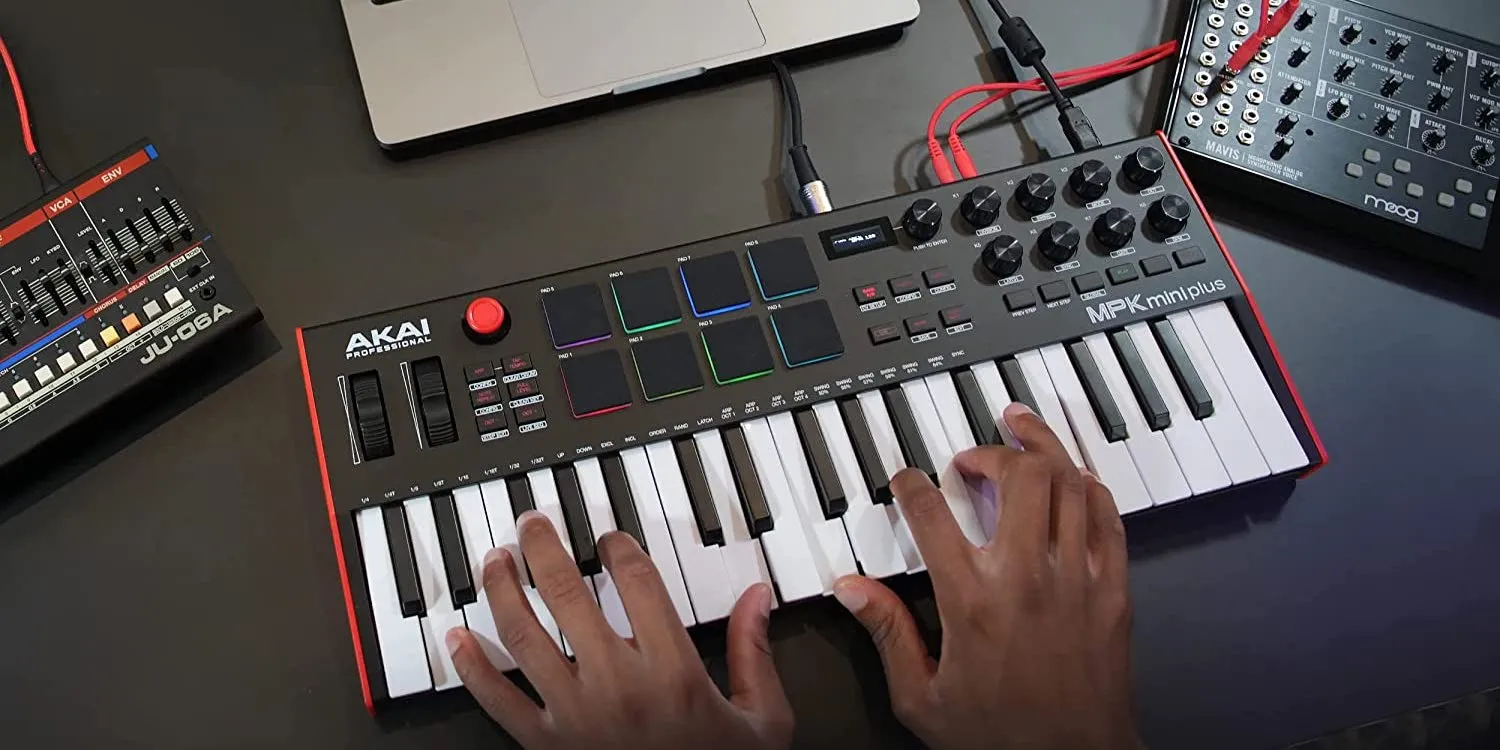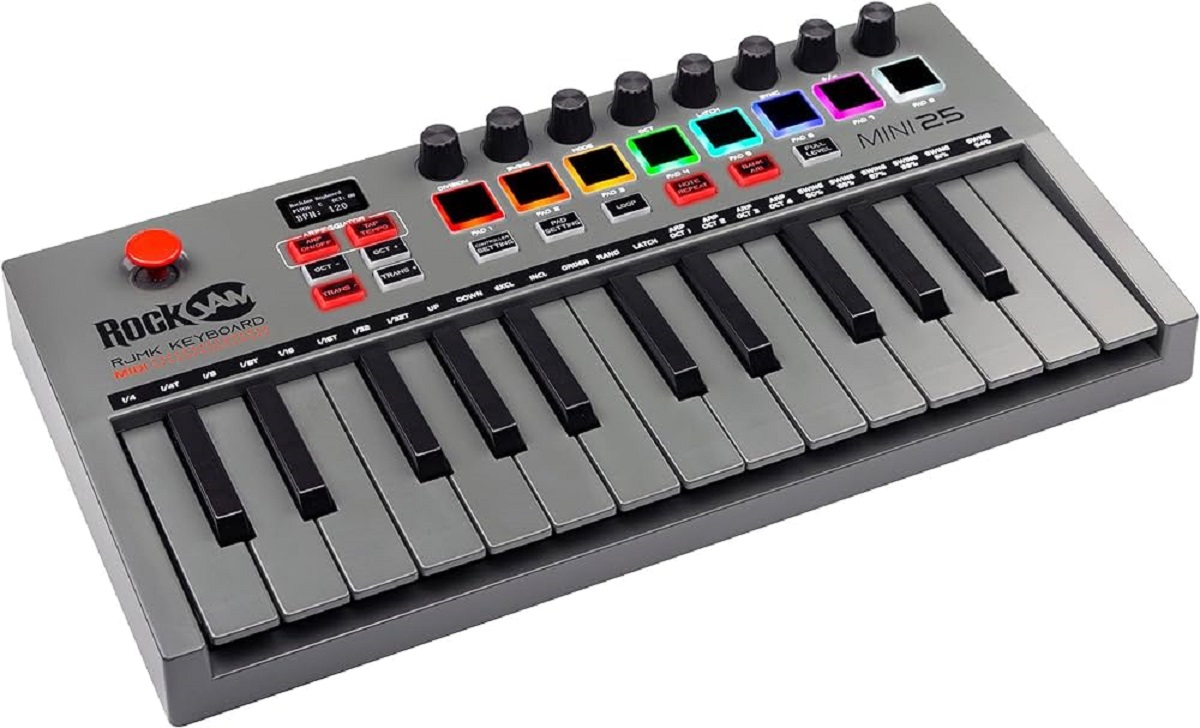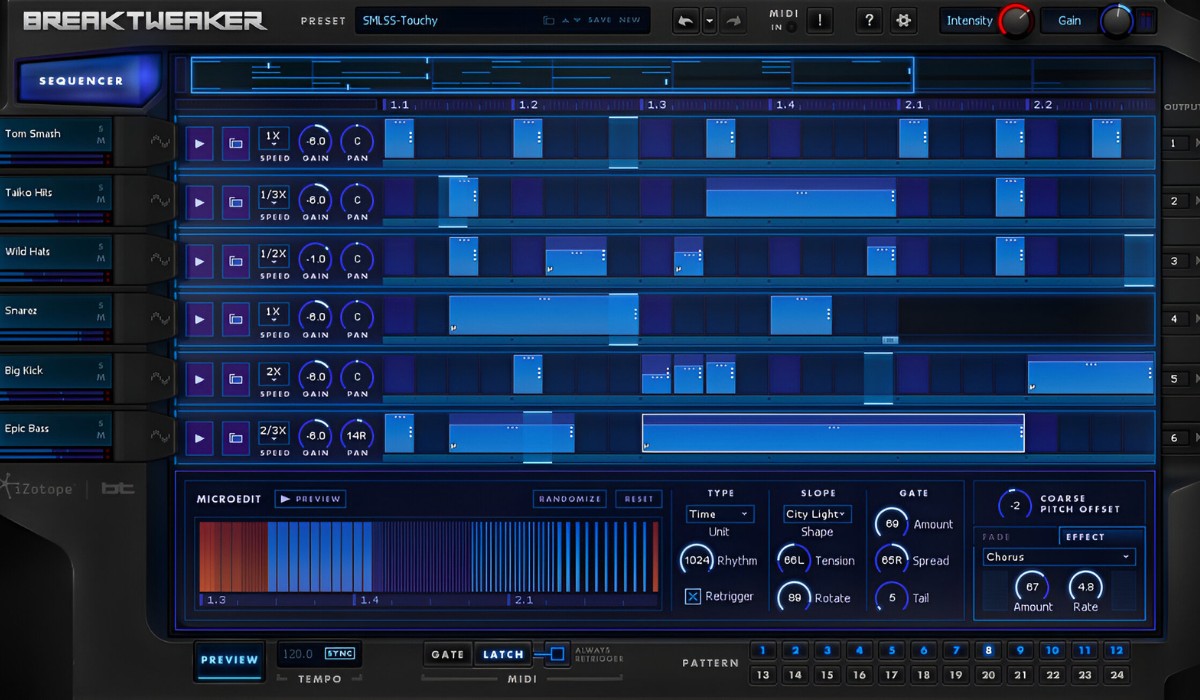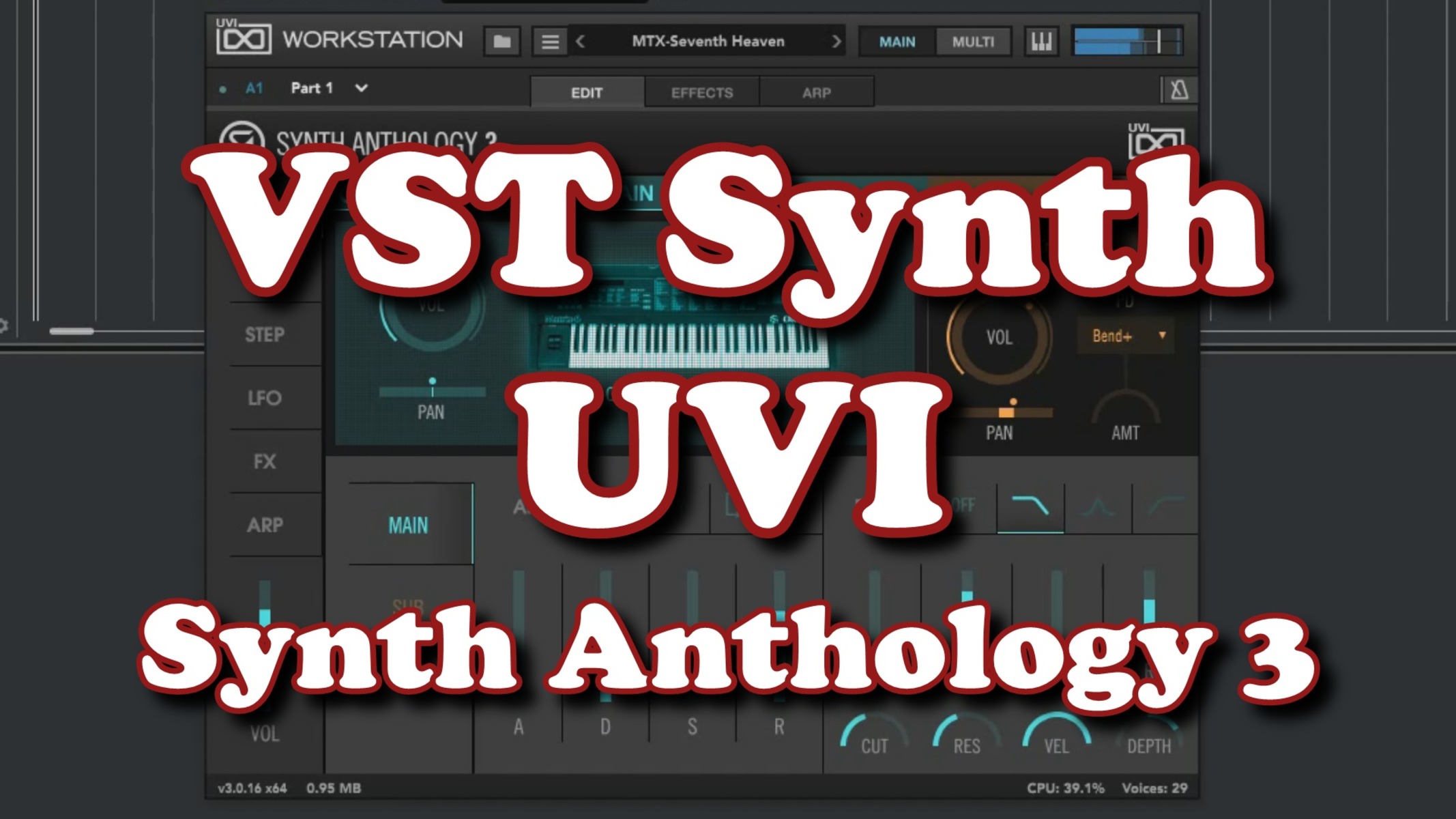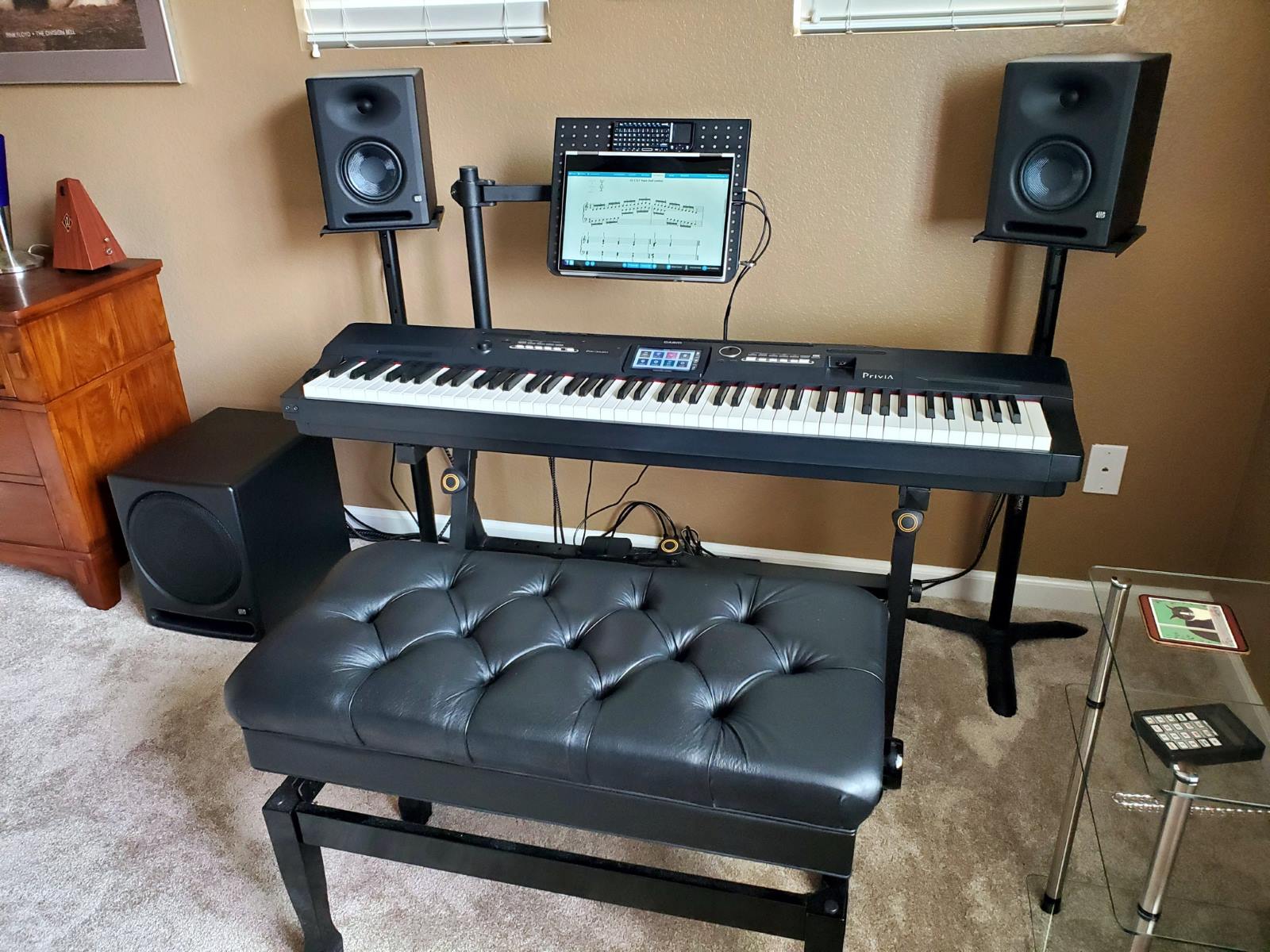Introduction
Understanding the Synergy of VST and MIDI Keyboards
The marriage of Virtual Studio Technology (VST) with MIDI keyboards has revolutionized music production, offering a seamless integration of hardware and software to create a dynamic and immersive musical experience. Whether you are a seasoned music producer or an aspiring enthusiast, harnessing the power of VST with a MIDI keyboard can elevate your creative process and unlock a world of sonic possibilities.
In this comprehensive guide, we will delve into the intricacies of using VST with a MIDI keyboard, equipping you with the knowledge and skills to maximize the potential of these powerful tools. From understanding the fundamentals of VST and MIDI keyboards to seamlessly integrating them into your digital audio workstation (DAW), this guide will serve as your compass in navigating the exciting realm of digital music production.
Join us as we embark on a journey to unravel the magic of VST and MIDI keyboards, empowering you to harness their collective potential and unleash your musical prowess. Let's embark on this enlightening exploration of VST and MIDI keyboards, where creativity knows no bounds and innovation thrives.
What is a VST?
Unveiling the Essence of Virtual Studio Technology (VST)
Virtual Studio Technology (VST) is a pivotal component of modern music production, serving as a bridge between hardware and software to deliver an immersive audio experience. Essentially, VST refers to software plugins that are used to generate audio effects or virtual instruments within a digital audio workstation (DAW). These plugins are designed to emulate the functionality of traditional studio hardware, offering a diverse array of sound-shaping tools that cater to the unique needs of musicians and producers.
One of the defining features of VST plugins is their versatility, as they can replicate the sonic characteristics of analog equipment while also offering innovative features that transcend the limitations of physical hardware. From classic synthesizers and guitar amp simulations to intricate reverb and delay effects, VST plugins empower users to explore a boundless sonic landscape with unparalleled flexibility and control.
Moreover, the advent of VST technology has democratized music production, enabling artists to access a rich palette of sounds without the constraints of physical studio setups. With an extensive library of VST plugins available from various developers, musicians can curate their sonic arsenal to reflect their unique artistic vision, fostering a culture of creativity and experimentation in the digital music realm.
As we unravel the intricacies of VST and its symbiotic relationship with MIDI keyboards, it is crucial to recognize the transformative impact of this technology on the contemporary music landscape. By embracing VST plugins, musicians can transcend conventional boundaries, sculpting their sonic narratives with precision and ingenuity.
What is a MIDI Keyboard?
Exploring the Essence of MIDI Keyboards
At the heart of modern music production lies the MIDI keyboard, a versatile instrument that serves as a conduit for translating musical ideas into digital formats with unparalleled expressiveness and precision. MIDI, which stands for Musical Instrument Digital Interface, revolutionized the way musicians interact with digital audio workstations (DAWs) and software instruments, offering a seamless platform for composing, performing, and recording music.
A MIDI keyboard, also known as a MIDI controller, is equipped with piano-style keys and a range of assignable controls, such as knobs, faders, and pads, that facilitate intuitive interaction with music production software. Unlike traditional keyboards, a MIDI keyboard does not generate sound on its own; rather, it transmits MIDI data to external devices or software, enabling users to trigger and manipulate a vast array of virtual instruments and effects.
One of the key advantages of MIDI keyboards is their inherent versatility, allowing musicians to harness the expressive capabilities of acoustic instruments while leveraging the boundless potential of digital technology. Whether it’s emulating the nuances of a grand piano, sculpting electronic textures, or controlling dynamic parameters within a DAW, MIDI keyboards empower artists to imbue their performances with a rich tapestry of musical expression.
Furthermore, MIDI keyboards have become indispensable tools for music producers, composers, and performers, offering a tactile and intuitive means of translating musical concepts into the digital realm. With features such as aftertouch, velocity sensitivity, and comprehensive MIDI mapping capabilities, these keyboards provide a dynamic platform for shaping and articulating musical ideas with finesse and artistry.
As we navigate the landscape of VST and MIDI keyboards, it is essential to recognize the pivotal role of MIDI controllers in shaping the contemporary music production paradigm. By seamlessly integrating MIDI keyboards with VST plugins, musicians can unleash their creative potential, transcending conventional boundaries to craft immersive and evocative musical experiences.
Connecting your MIDI Keyboard to your Computer
Seamless Integration for Effortless Creativity
Connecting your MIDI keyboard to your computer is the first step toward unlocking a world of musical possibilities, facilitating a seamless synergy between hardware and software to catalyze your creative endeavors. Whether you are embarking on a production journey or seeking to enhance your live performances, establishing a robust connection between your MIDI keyboard and computer is paramount to harnessing the full potential of these musical tools.
Before delving into the technical aspects of connectivity, it’s essential to understand the primary methods for linking your MIDI keyboard to your computer. The most common approach involves utilizing a USB-MIDI interface, which allows for direct communication between the keyboard and your computer via a USB connection. Alternatively, MIDI keyboards equipped with USB ports can be directly connected to the computer without the need for a separate interface, streamlining the setup process.
For MIDI keyboards that lack USB connectivity, traditional MIDI cables can be employed to establish a connection with your computer’s audio interface or MIDI interface. These cables transmit MIDI data, enabling seamless communication between the keyboard and your digital audio workstation (DAW) or software instruments. It’s important to ensure that your computer recognizes the MIDI input from the keyboard, which can be configured within the settings of your preferred music production software.
Once the physical connection is established, configuring the MIDI settings within your DAW is crucial for seamless integration. This involves selecting the MIDI input source corresponding to your keyboard and ensuring that the communication protocol is properly configured to facilitate bidirectional data exchange. Most modern DAWs offer intuitive setup processes for MIDI devices, allowing users to map MIDI controls, assign channels, and calibrate parameters to suit their workflow.
By establishing a robust connection between your MIDI keyboard and computer, you pave the way for a harmonious union of hardware and software, enabling fluid interaction and uninhibited creativity. Whether you are triggering virtual instruments, controlling effects parameters, or recording expressive performances, the seamless integration of your MIDI keyboard with your computer sets the stage for a transformative musical journey.
Setting up your VST in your DAW
Harnessing the Power of VST for Sonic Innovation
Integrating Virtual Studio Technology (VST) plugins into your digital audio workstation (DAW) is a pivotal step in unlocking a treasure trove of sonic capabilities, allowing you to sculpt and shape your musical creations with precision and artistry. Whether you seek to infuse your productions with captivating effects or explore a diverse array of virtual instruments, setting up VST plugins in your DAW is essential for harnessing their transformative potential.
The process of incorporating VST plugins into your DAW begins with locating the installation directory of your VST plugins on your computer. Once identified, you can configure the plugin path within your DAW’s settings to ensure that the software recognizes and integrates the VST plugins seamlessly. Most DAWs offer dedicated folders or directories where VST plugins can be placed for easy access and organization.
After configuring the plugin path, you can initiate the scanning process within your DAW, which prompts the software to detect and register the installed VST plugins. This automated scanning mechanism ensures that the plugins are readily available within your DAW’s interface, allowing for effortless selection and deployment during the production process.
Once the VST plugins are successfully integrated into your DAW, you can explore a myriad of sonic possibilities, ranging from classic analog emulations to cutting-edge digital effects. Whether you are sculpting lush reverbs, crafting intricate modulation effects, or summoning larger-than-life synth textures, the seamless integration of VST plugins empowers you to elevate your sonic palette with unparalleled creativity.
Furthermore, many DAWs offer comprehensive features for organizing and managing VST plugins, allowing users to categorize, favorite, and customize their plugin libraries for streamlined access and workflow efficiency. This level of customization enhances the user experience, enabling you to curate a personalized arsenal of VST tools that align with your creative vision.
By adeptly setting up VST plugins in your DAW, you lay the foundation for a sonic expedition where innovation knows no bounds. Embrace the boundless potential of VST technology within your DAW, and embark on a transformative musical odyssey where every note, texture, and timbre is a testament to your artistic ingenuity.
Mapping MIDI Controls to your VST
Empowering Artistic Expression through MIDI Integration
Mapping MIDI controls to your Virtual Studio Technology (VST) plugins is a pivotal aspect of leveraging the expressive potential of your MIDI keyboard within the digital realm. By establishing a seamless connection between your MIDI keyboard and VST plugins, you can harness a wealth of creative possibilities, allowing for intuitive manipulation of parameters and performance-oriented interactions that breathe life into your musical compositions.
The process of mapping MIDI controls to your VST plugins begins with identifying the parameters within the plugin that you intend to control using your MIDI keyboard. This could encompass a wide spectrum of parameters, including filter cutoff frequencies, envelope settings, modulation depths, and various other sonic attributes that define the character of the sound produced by the VST instrument or effect.
Most digital audio workstations (DAWs) offer intuitive methods for assigning MIDI controls to plugin parameters, often through a graphical interface that facilitates seamless mapping. This allows you to designate specific knobs, sliders, or buttons on your MIDI keyboard to correspond with the parameters of the VST plugin, creating a tactile and dynamic means of shaping and modulating the sound in real time.
Once the MIDI controls are mapped to the desired parameters within the VST plugin, you can embark on a journey of expressive exploration, leveraging the physicality of your MIDI keyboard to infuse your performances with nuanced articulations and sonic transformations. Whether it’s manipulating the resonance of a virtual filter, adjusting the decay of a synthesized envelope, or modulating the depth of a spatial effect, the mapped MIDI controls serve as extensions of your musical expression, bridging the gap between tactile performance and digital manipulation.
Furthermore, the ability to save and recall MIDI control mappings within your DAW allows for seamless integration of your customized setups into your production workflow. This feature empowers you to create tailored configurations for different VST instruments and effects, streamlining the creative process and ensuring consistency across your musical projects.
By adeptly mapping MIDI controls to your VST plugins, you empower yourself to transcend the confines of static sound manipulation, embracing a dynamic and interactive approach to music production. The fusion of MIDI integration with VST technology opens a gateway to boundless sonic exploration, where every gesture and modulation breathes life into your musical narrative, enriching it with depth and emotion.
Using VST Effects and Instruments with your MIDI Keyboard
Elevating Musical Expression through VST Integration
Embarking on a sonic odyssey with VST effects and instruments coupled with your MIDI keyboard opens a realm of creative possibilities, allowing you to sculpt immersive soundscapes and perform with unparalleled expressiveness. Whether you are crafting evocative melodies, experimenting with elaborate sound design, or infusing your compositions with captivating effects, the seamless integration of VST technology with your MIDI keyboard serves as a catalyst for sonic innovation and artistic exploration.
When utilizing VST instruments with your MIDI keyboard, you can harness the expansive palette of virtual sounds and textures to breathe life into your musical ideas. From emulating the timbres of acoustic instruments to conjuring ethereal synthetic tones, VST instruments empower you to traverse diverse sonic territories, enabling you to articulate your musical vision with depth and authenticity. The tactile nature of the MIDI keyboard enhances the performance experience, allowing for nuanced control over dynamics, articulation, and phrasing, imbuing your compositions with a sense of organic vitality.
Furthermore, integrating VST effects with your MIDI keyboard provides a platform for real-time manipulation and shaping of sonic landscapes. Whether it’s sculpting immersive reverbs, modulating intricate delays, or applying dynamic spatial processing, the tactile control offered by the MIDI keyboard facilitates intuitive interaction with the parameters of the VST effects, fostering a dynamic and responsive approach to sound design and production.
Moreover, the marriage of VST effects and instruments with your MIDI keyboard transcends conventional boundaries, offering a platform for immersive live performances and studio productions. The seamless integration of these elements empowers you to blur the lines between composition and performance, enabling fluid transitions between expressive playing and real-time manipulation of sonic textures, resulting in captivating and dynamic musical experiences.
As you navigate the sonic landscape of VST effects and instruments with your MIDI keyboard, embrace the boundless potential for creativity and innovation. Let your musical intuition guide you as you harness the synergy of VST technology and the expressive capabilities of your MIDI keyboard, transcending traditional paradigms to craft sonic narratives that resonate with emotion and artistry.
Conclusion
Embracing the Harmonious Union of VST and MIDI Keyboards
As we draw the curtains on our exploration of VST and MIDI keyboards, we are propelled into a realm where creativity converges with technology, yielding a landscape ripe with sonic possibilities and expressive potential. The synergy between Virtual Studio Technology (VST) and MIDI keyboards transcends the realms of traditional music production, offering a dynamic platform for artists and producers to sculpt, perform, and innovate with boundless freedom.
Throughout this journey, we have unraveled the essence of VST technology, delving into its transformative impact on music production. From emulating classic studio hardware to pioneering cutting-edge sonic innovations, VST plugins serve as conduits for sonic exploration, empowering musicians to curate their sonic identities with precision and flair.
Likewise, our foray into the realm of MIDI keyboards has illuminated the instrumental role they play in bridging the gap between tactile performance and digital manipulation. With their expressive keys, assignable controls, and seamless integration with VST technology, MIDI keyboards serve as vessels for musical expression, breathing life into compositions and performances with finesse and artistry.
The process of connecting MIDI keyboards to computers, setting up VST plugins in digital audio workstations, and mapping MIDI controls to VST parameters has underscored the seamless integration of these musical tools, fostering a cohesive ecosystem where hardware and software coalesce to amplify creative endeavors.
Furthermore, the utilization of VST effects and instruments in tandem with MIDI keyboards has unveiled a realm of sonic innovation, where musical ideas are realized with depth, emotion, and dynamism. Whether in the studio or on stage, the fusion of VST technology and MIDI keyboards offers a conduit for boundless creativity, enabling artists to craft sonic narratives that resonate with authenticity and ingenuity.
As we part ways, armed with a deeper understanding of the symbiotic relationship between VST and MIDI keyboards, let us embark on our creative pursuits with renewed vigor and inspiration. May the harmonious union of VST and MIDI keyboards continue to fuel our musical odysseys, transcending boundaries and nurturing a culture of innovation and expression in the ever-evolving landscape of music production.







